Here is a stone bridge and a quiet river flowing under a Roman bridge. On the hill a convent with eight cloisters. A historic center permeated by the presence of the Knights Templar. No, it’s not the plot of Dan Brown’s The Da Vinci Code.
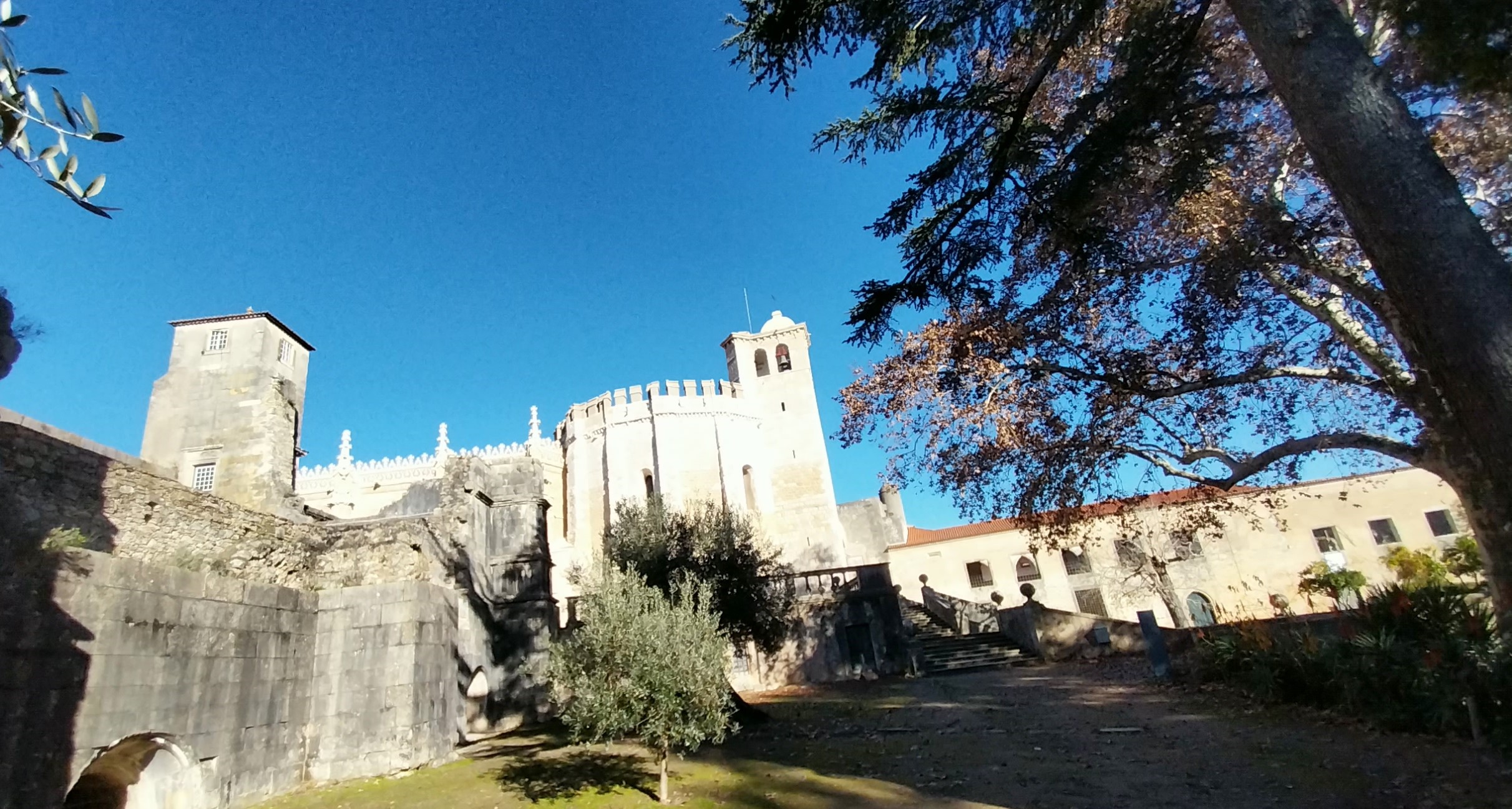
This is Tomar, a quiet, charming town in the heart of Portugal.
The river that crosses it is the Nabão, the bridge is Roman, the convent is that of Christ. History and architecture are intertwined: the portal of the church of São João Baptista, which borders Praça da Republica, offers an example of 15th century Manueline art. While the hermitage of Nossa Senhora da Conceição, dating back to the 16th century, reflects the influence of Italian classicism on Portuguese architecture. Also of Italian design is the Pegões aqueduct, 16th-17th century, which supplied the Convento do Cristo with water.
The largest park is the Mata de Sete Montes, an area of 39 hectares protected by the state at the foot of Tomar Castle, speading on 7 hills covered with cypresses, olive trees, oaks and the boxwood that borders the French gardens. Here, according to tradition, the initiation rituals of the knights took place.

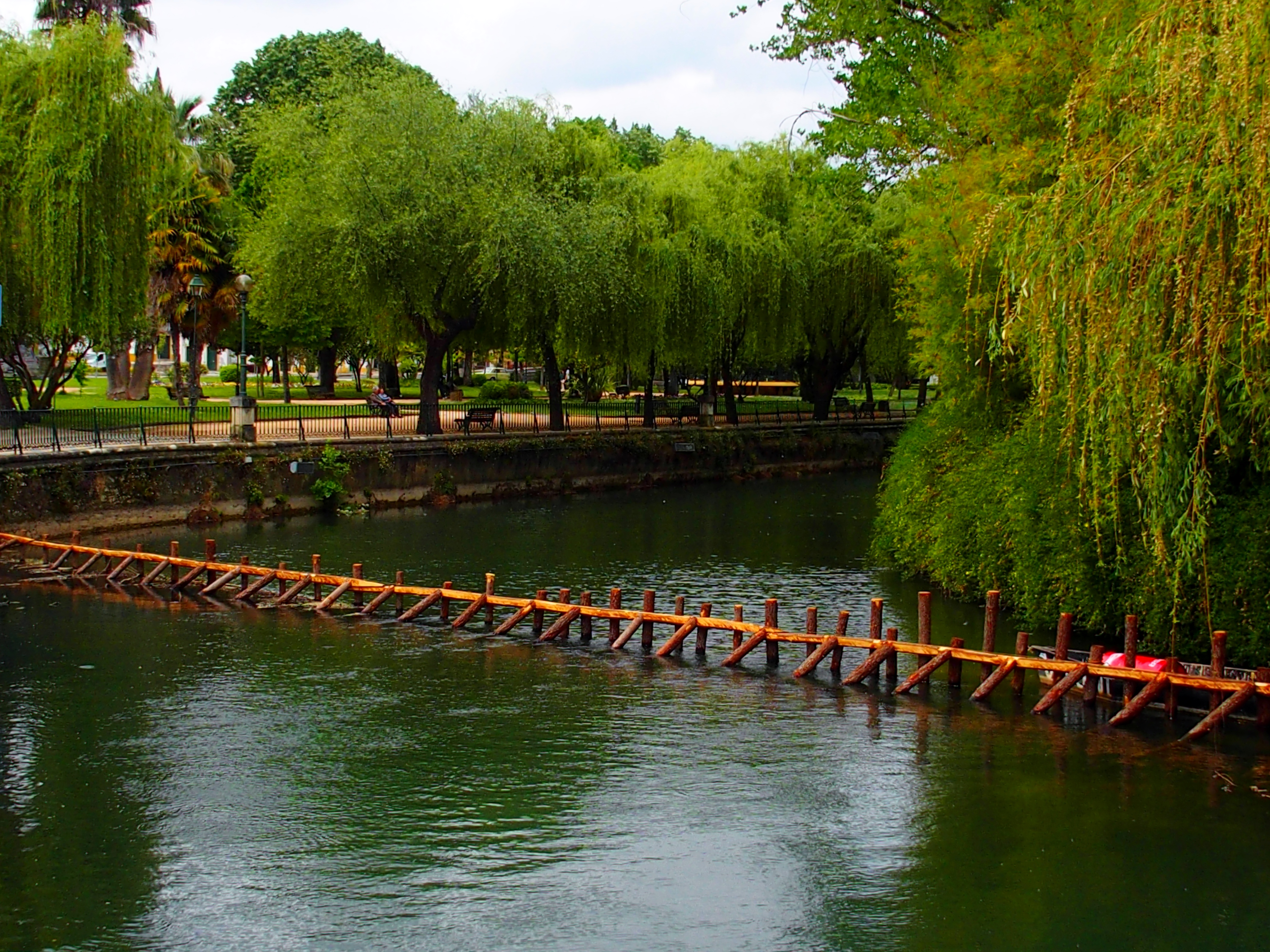 And what about the mysterious church of Santa Maria dos Olivais? The church, dating back to the 12th century, an example of pure Gothic, is another testimony to the presence of the Templars. Santa Maria dos Olivais stands on the left of the Nabão river, on the remains of a 7th century Benedictine monastery that bordered the ancient Roman city of Sellium. In 1195 it became the pantheon of masters of the order from Gualdim Pais onwards.
And what about the mysterious church of Santa Maria dos Olivais? The church, dating back to the 12th century, an example of pure Gothic, is another testimony to the presence of the Templars. Santa Maria dos Olivais stands on the left of the Nabão river, on the remains of a 7th century Benedictine monastery that bordered the ancient Roman city of Sellium. In 1195 it became the pantheon of masters of the order from Gualdim Pais onwards.
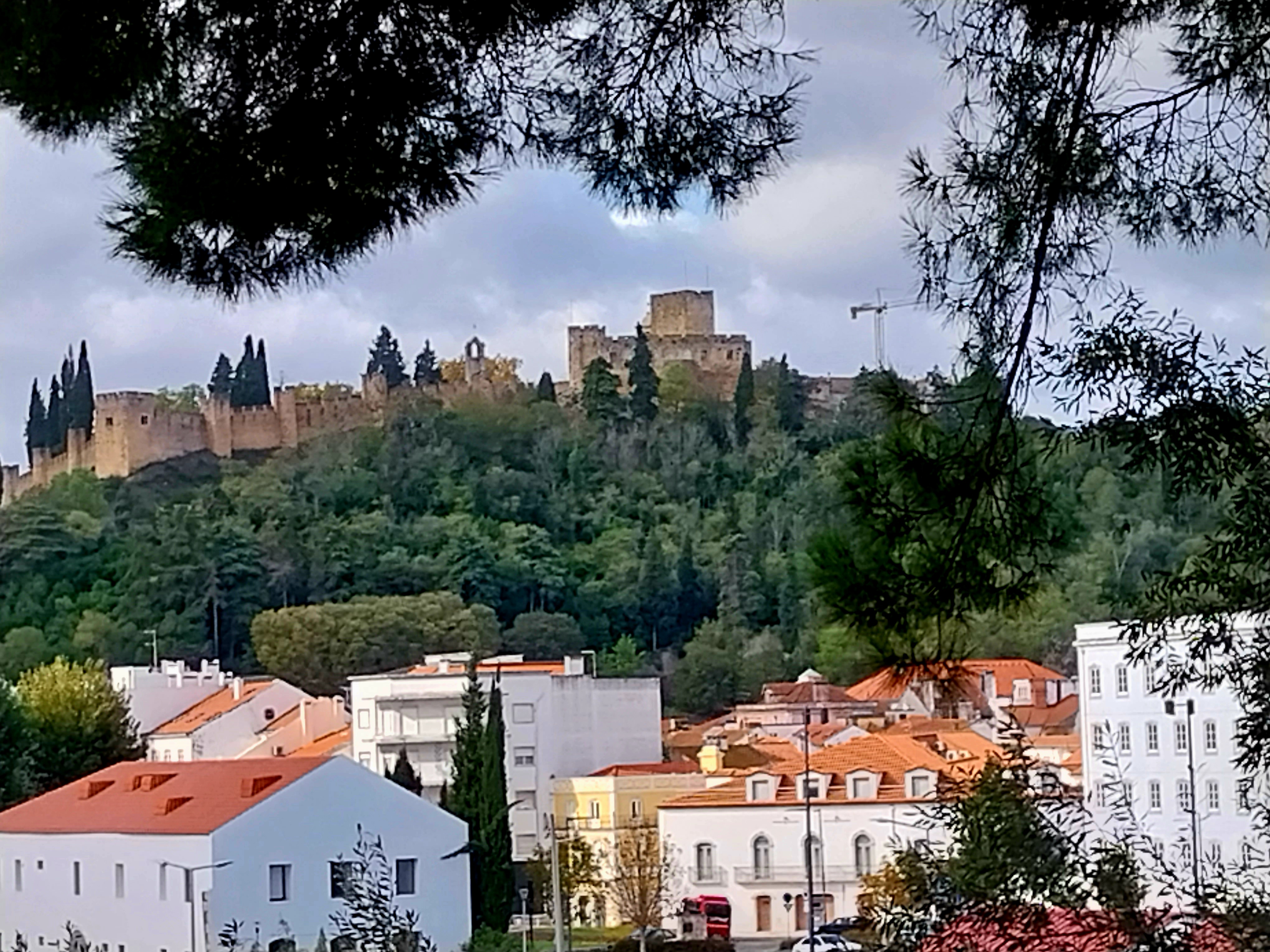
Curious church: the same name once designated the Olivais neighborhood in the eastern part of Lisbon. But there is more: to access it, instead of climbing towards the portal, you go down a staircase and past the portal framed by a rose window you are surprised by the apse surmounted by a five-pointed star.
The tower in front of the church was a watchtower converted into a bell tower.
This town is a gem in the heart of Portugal and offers locals and visitors some excellent restaurants and bars in the shade of the trees that line Rua dos Arcos. The town can be leisurely explored on foot. In fact, it’s the best way to discover the historic town where narrow cobbled streets wind past traditional houses, local cafés, and quaint shops. Don’t miss a stroll along Rua Serpa Pinto, affectionately known as the Corredoura, leading from Praça da Republica to the Nabão River waterfront. Sit outside and sip your coffee at historic cafés such as the Café Paraíso, which in its over one hundred years of history, counts among its customers well-known figures such as Umberto Eco. Who knows if he came as a traveler or researcher?
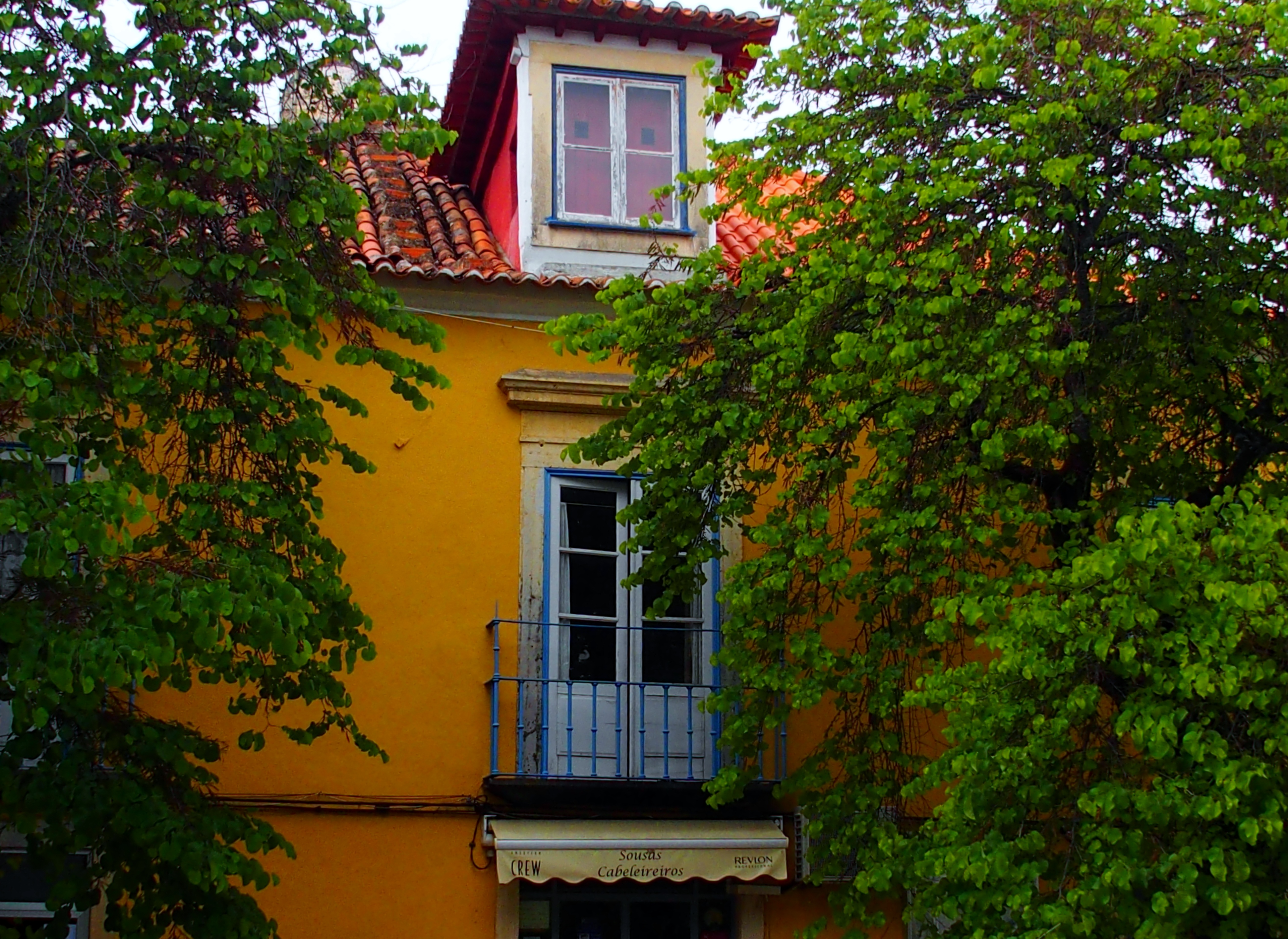
And to taste the “queijadas de amêndoa”, the almond sweets, you can also stop in the cafés. An underutilized space is the Casa dos Cubos, an exhibition space and conference centre, a conversion project of a building renovated a few years ago.
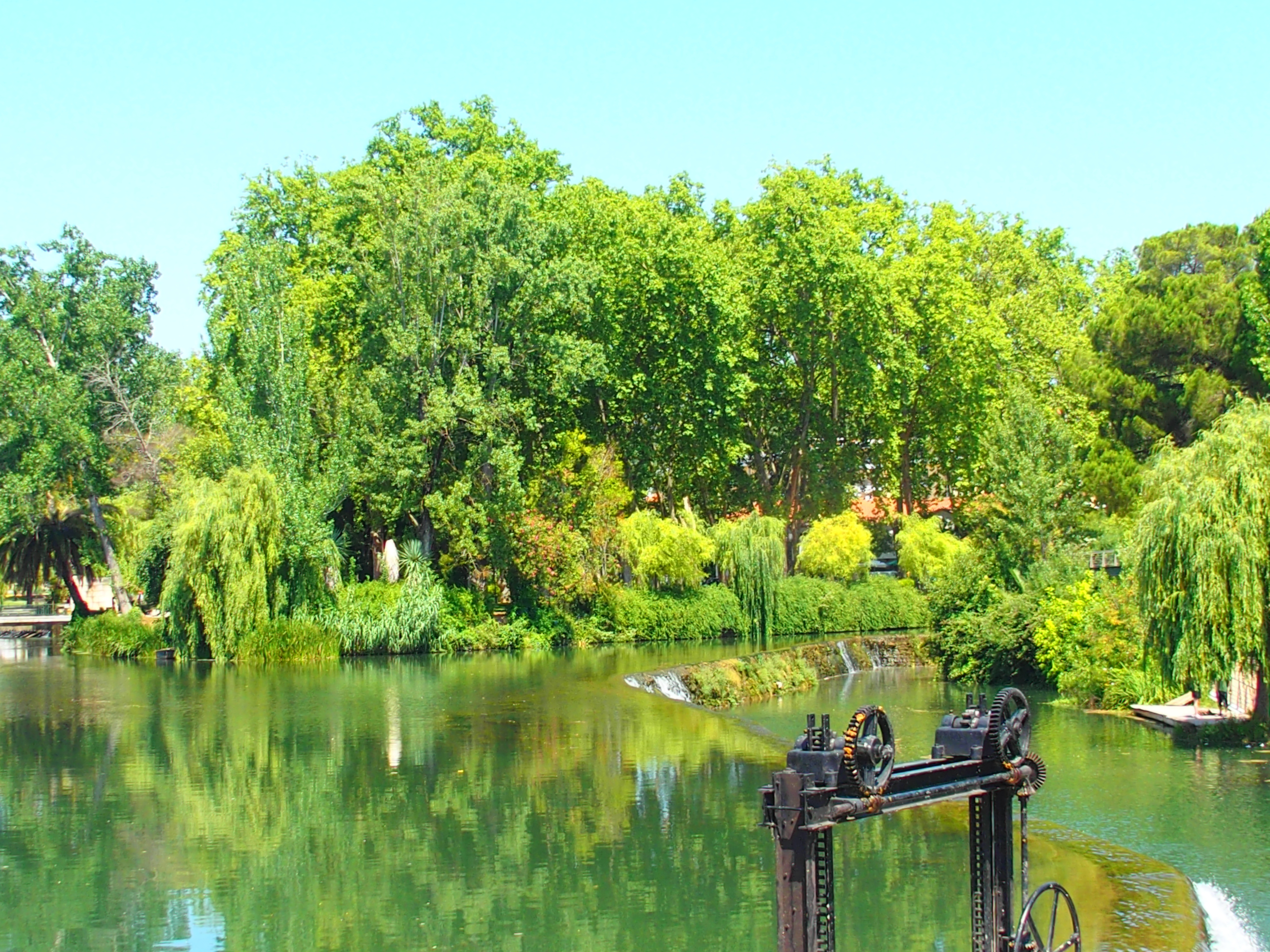
Tomar is an ancient town shaped by water and stone, two primordial elements. The former fluid, in perpetual flow; the latter static, fixed. Tomar beckons visitors and new residents with its rich history, cultural charm, and natural beauty.

